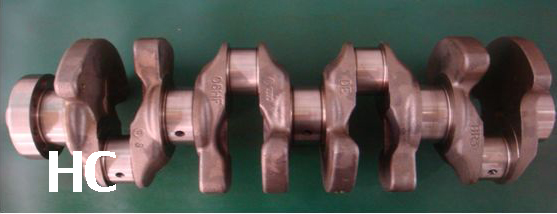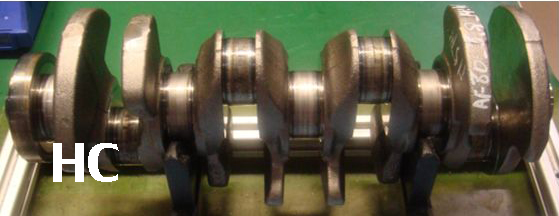Quenching and tempering of crankshafts
2020-01-16
Quenching process and purpose
The workpiece is heated to the austenitizing temperature for a certain period of time and then cooled at a rate greater than the critical cooling rate to obtain a heat treatment process of a martensite structure.
To improve the high hardness and wear resistance of the workpiece
Low-temperature tempering process and purpose
A heat treatment process in which the quenched steel is heated at 250 ° C. and then cooled down.
In order to maintain the high hardness and wear resistance of the quenched workpiece, reduce the residual stress and brittleness during quenching.
How to distinguish between quenched and unquenched crankshaft?
Iron reacts chemically with oxygen in the air at high temperatures to produce black iron trioxide. This is different from what we commonly call rust. What we usually say about rust is that iron reacts with oxygen, water, and other substances in the air at room temperature to form (the main component of rust) iron oxide, red.
Iron is heated in oxygen:
3Fe + 2O2 === Heating ==== Fe3O4
Iron rusts in the air:

unquenched crankshaft
quenched crankshaft

